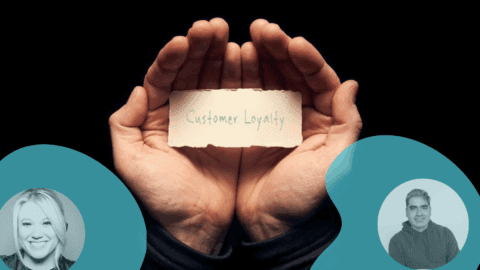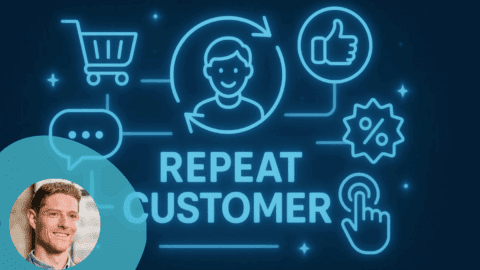While many retailers like to believe that the customer is at the center of everything they do, few achieve true customer centricity.
With the challenges of the current retail climate, retailers are finding that they have to make the customer the centerpiece of their strategies or risk failure. Customers are more willing to spend money with retailers that they connect with in terms of product offerings and service levels.
Robert (Bob) Willett, former Global Managing Partner at Accenture, retired CIO and CEO of Best Buy International and Board Member at LightHaus, a provider of in-store video analytics, shared his view on what it takes to be customer-centric and which retailers are making the grade, in an interview with Retail TouchPoints.
Retail TouchPoints (RTP): How do you define customer centricity?
Willett: There are some retailers and service providers who stick religiously to a standard operating procedure and employees have very defined roles. That doesn’t leave much room for employees to meet the needs of customers. To be customer-centric, in my view, an organization has to stretch in terms of exceeding customer expectations both through behavior and technology.
In regard to technology, a customer-centric organization has to have the tools in place to identify their prime customers and know more about their customer so that the person coming in contact with the customer, whether it is in store or online, can tailor the response to their needs.
It is a matter of solutions-based selling versus transaction-oriented selling.
RTP: Which retailers are achieving customer-centricity?
Willett: Zara is a very customer-centric retailer, in terms of its customers and employees. Apple is another company that views its business through the lens of its customers. Nordstrom is another good example in the U.S.
The British retailer John Lewis has a great customer focus that has enabled the company to produce double-digit growth even through the recession. Employees go out of their way for their customers and the employees have a stake in the retailer’s success. Customers know that John Lewis is not going to be the least expensive or the most expensive store, but the retailer offers great value and has gained a tremendous amount of trust with shoppers.
RTP: What do retailers need to do to succeed in the current retail environment?
Willett: Retail is more about the experience than it has ever been. During recessions, retailers have to get closer to customers and maximize every single opportunity, every single interaction,
They have to invoke an organizational pyramid, but CEOs are not at the top. Customers and employees who are facing customers are at the top.
RTP: How can brick-and-mortar retailers keep pace with their e-Commerce counterparts in the era of the omnichannel consumer?
Willett: It all comes down to offering lifetime value wherever the customer touches you. E-Commerce should be a continuum of the experience in the store. Shoppers don’t want to see different products at different prices in the store and online. There are too many retailers who aren’t geared up for the omnichannel experience.
Online retailers offer exclusive brands and bundle sets of products and services, which are things that that can be done in store as well. You have to give them a reason to come to the store.
RTP: What role does data collection and analysis play in creating a compelling retail experience?
Willett: I think data analysis plays a huge role, and it is only going to get bigger going forward. This is the ultimate — having data that retailers can turn into insights. When a retailer really understands the data and the shoppers, it becomes a much more relevant experience for the consumer.
From the customer’s experience, they are more willing to share information with retailers that can provide solutions for them. Also, encryption and tokenization technologies make it safer to share this data. We’re getting there.
RTP: How are retailers leveraging technology to increase engagement and satisfaction in the brick-and-mortar store?
Willett: Today so many people have smartphones and tablets, and they are using them right in the store. People look at their mobile devices a hundred times a day.
Retailers looking to stand out are taking their marketing spend and going directly to the consumer by developing apps to help get them in store and help them while they are in the store.
At the end of the day, however, it is not about processes or technology, but about investing in people. Personal interaction becomes more and more important in a competitive environment. Successful retailers have employees who behave like owners.












